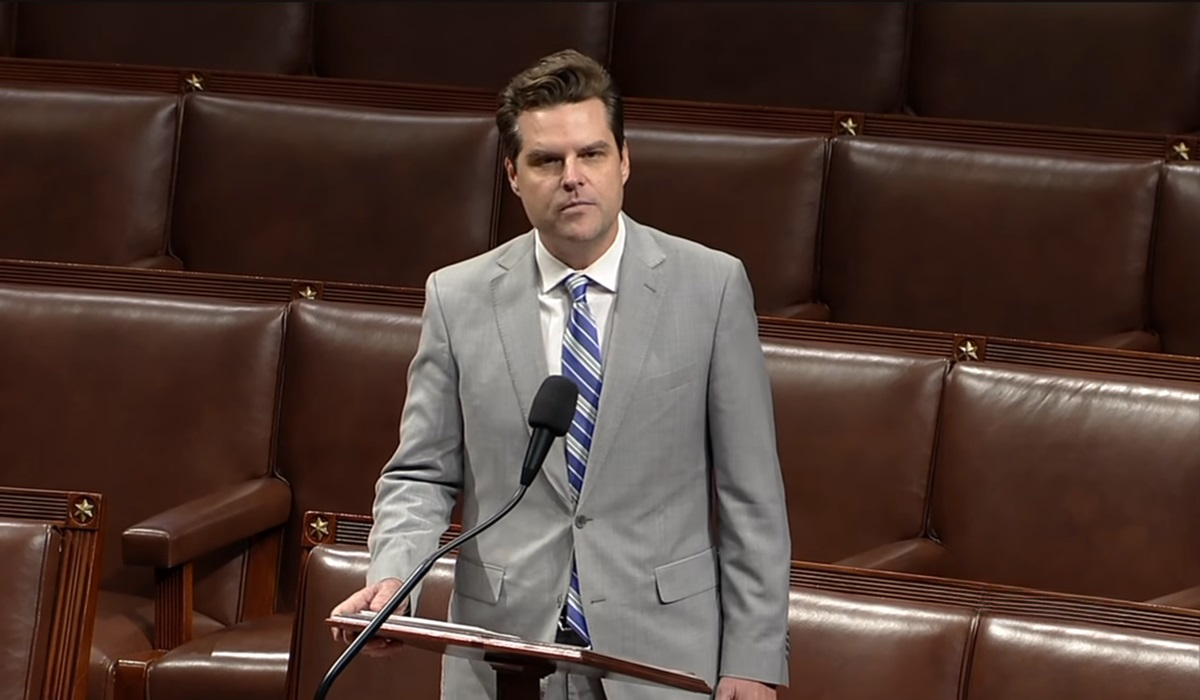The collapse of Silicon Valley Bank continues rock the financial industry with its future and billions of dollars of customer money up in the air. The once well-respected institution serving the technology industry and financing startups, collapse is eerily reminiscent of the 2008 financial crisis, that saw some of the world’s largest financial institutions fail.
Silicon Valley Bank was founded in 1983 with the goal of providing financial services to the tech industry. It quickly gained a reputation as a leading provider of financing for startups and emerging companies. However, in recent years, the bank began to experience financial troubles. It had made risky loans to startups that were struggling to stay afloat, and as a result, it suffered from a high number of defaults. This, in turn, led to a decline in the bank’s overall financial health.
In addition to its loan troubles, Silicon Valley Bank also faced increased competition from other financial institutions. More and more banks began offering services tailored to the technology industry, which pressured Silicon Valley Bank’s market share. The bank attempted to pivot and offer more traditional banking services, but this move was unsuccessful.
Silicon Valley Bank was not technically a “too big to fail” bank, but it was still a major player in the financial industry. Its collapse was a stark reminder that no bank is too big to fail. The fallout from the bank’s collapse was felt across the financial industry as investors and other banks began to question the stability of other financial institutions. That uncertainty saw over $100 billion dollars lost from the stock value of global banks with its collapse.
In the wake of the collapse of Silicon Valley Bank, U.S. President Joe Biden spoke with California Governor Gavin Newsom on Saturday to offer the full support of the government. In an effort to bring a sense of the calm to the industry, Biden assured the industry the measures put in place in 2008 by Obama administration will prevent a full-out collapse of the financial industry.
One of the key measures is increased regulation. The government has implemented stricter regulations on banks, particularly those that are considered “too big to fail.” These regulations require banks to hold higher levels of capital and to undergo more rigorous stress testing to ensure their stability.
Another measure is increased oversight. The government created new regulatory bodies to monitor the financial industry and ensure that banks are adhering to the new regulations. These bodies have the power to investigate and punish banks that violate the rules. That being said, something went wrong in the system, as is did not react early enough to prevent the collapse of The Silicon Valley Bank.
The collapse has raised questions about the future of banking. Will traditional banks continue to exist, or will fintech startups replace them? Will regulation and oversight be enough to prevent future collapses? The answer is likely a combination of both. Traditional banks will continue to exist, but they will need to adapt to a changing financial landscape. Fintech startups will continue to disrupt the industry, but they will also face increasing regulation and oversight.
In the end, the key to a stable financial system is a balance between innovation and regulation. Banks and other financial institutions must be allowed to innovate and take risks but must also be held accountable for their actions. With the right balance, we can ensure the banking system’s stability and prevent future collapses.
In a further attempt to reassure the American people and the global financial markets, Treasury Secretary Yellen has been meet with top industry officials on to provide further assurance to the markets, while actively searching for a buyer to purchase the now defunked Silicon Valley Bank.









